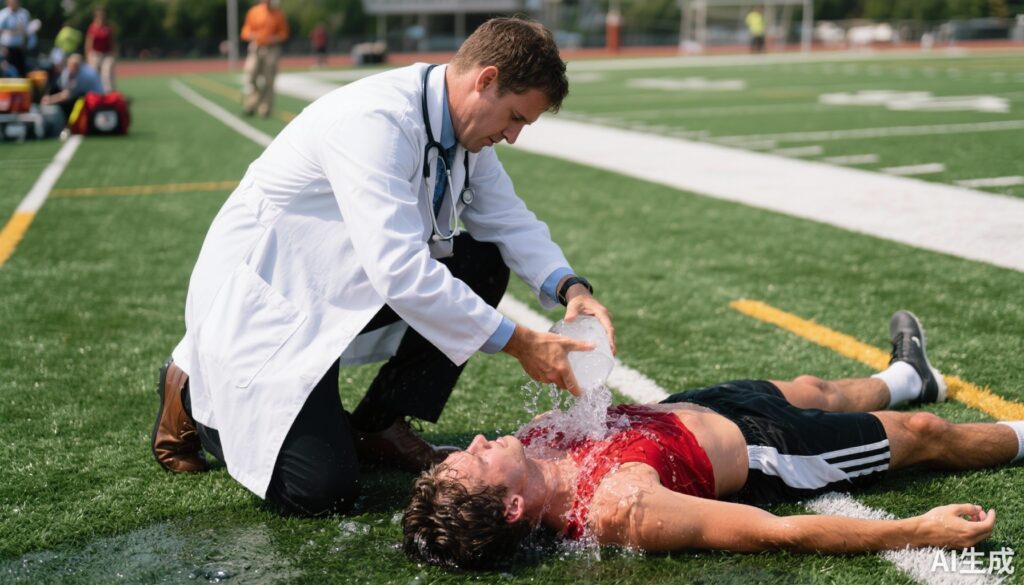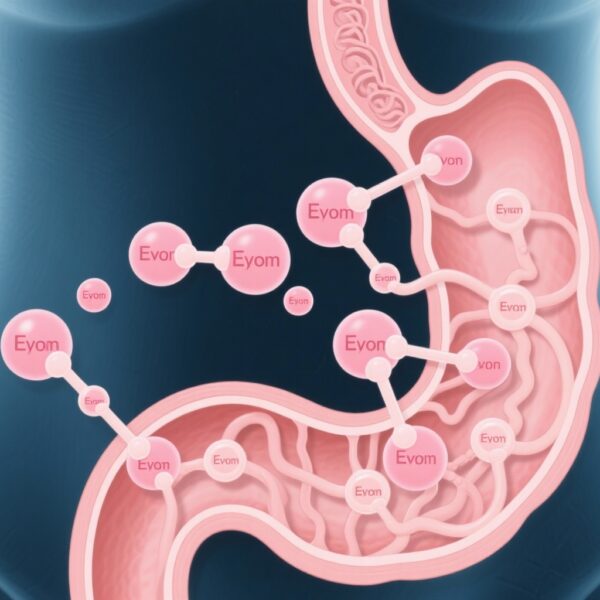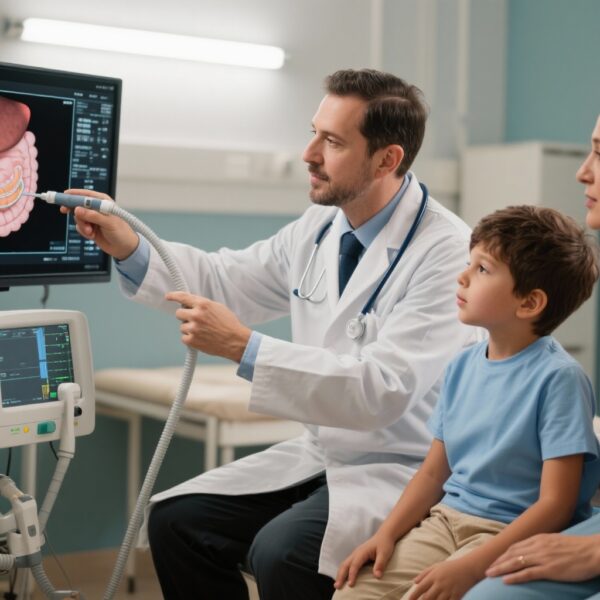Introduction
Exertional heat stroke (EHS) represents a severe form of heat-related illness that stems from excessive internal heat accumulation during intense physical activity and insufficient heat dissipation. Unlike classical heatstroke, which arises from passive exposure to elevated ambient temperatures, EHS occurs in a diverse range of settings including athletic competition, military training, and occupational exertion. Despite its heterogeneous epidemiology, EHS carries a high mortality risk of up to 26.5% without prompt management. Understanding its complex pathophysiology, recognizing its clinical manifestations, and implementing rapid, evidence-based treatment strategies are essential competencies for emergency physicians and critical care specialists.
Pathophysiology
Thermal Dysregulation and Cellular Injury
The fundamental mechanism in EHS is the imbalance between heat generation—primarily by skeletal muscle during exertion—and heat loss. Sustained hyperthermia causes direct cytotoxic injury including denaturation of proteins and nucleic acids, destabilization of lipid membranes, and disruption of cytoskeletal and organellar architecture. Mitochondrial dysfunction results in excessive reactive oxygen species production, further exacerbating cellular damage. Ultimately, cell death occurs through apoptosis, necroptosis, and ferroptosis pathways, amplifying tissue injury.
Immune System Activation and Inflammatory Response
Heat-induced necrosis releases damage-associated molecular patterns (DAMPs) that activate pattern recognition receptors, triggering innate immune signaling cascades. Intestinal barrier disruption, or “leaky gut,” allows translocation of endotoxins and microbes into systemic circulation, amplifying inflammation via NF-kappa-B pathway activation. This results in a dysregulated immune response characterized by increased pro-inflammatory cytokines (IL-1ß, IL-6, TNF-alpha, IL-8) alongside anti-inflammatory mediators, contributing to systemic inflammatory response syndrome (SIRS) and subsequent organ dysfunction.
Clinical Manifestations and Organ Involvement
Central nervous system (CNS) dysfunction is pivotal for diagnosis, manifesting as confusion, disorientation, agitation, seizures, or coma. Neurological injury arises from direct thermal damage, cerebral edema, blood-brain barrier breakdown, and neuroinflammation.
Circulatory shock in EHS is typically multifactorial, involving hyperdynamic distributive mechanisms, myocardial injury, and microcirculatory impairment. Acute kidney injury results from hypoperfusion and is often compounded by rhabdomyolysis-induced myoglobin nephrotoxicity. Disseminated intravascular coagulation (DIC) frequently complicates EHS due to endothelial injury and unregulated coagulation pathway activation.
Hepatic injury stems from oxidative stress and thrombosis within liver microvasculature. Pulmonary compromise may manifest as acute lung injury or pulmonary edema linked to endothelial dysfunction and thrombosis, posing additional challenges in respiratory management.
Diagnosis
EHS is characterized clinically by the combination of hyperthermia (core temperature >40 °C often cited, but not absolute) and CNS impairment. Notably, isolated hyperthermia without neurological symptoms does not confirm the diagnosis, as some well-conditioned individuals tolerate elevated core temperatures asymptomatically. Conversely, serious neurological injury can occur at lower temperatures in susceptible patients. Therefore, diagnosis relies on clinical constellation and context alongside temperature measurements.
Management Principles
Immediate Cooling
Rapid reduction of core temperature is the cornerstone of EHS management. The gold standard remains whole-body cold water immersion (ice water) with the patient’s head above water, achieving cooling rates exceeding 0.15 °C/min. Cooling should proceed until core temperature reaches approximately 38 °C, after which further cooling may induce hypothermia and complications. The operational principle “cool first, transport later” is imperative, emphasizing prehospital cooling prior to hospital transfer whenever feasible.
Caution on Pharmacologic Treatments
To date, no pharmacologic agents have demonstrated consistent efficacy in altering EHS outcomes. Thus, emphasis remains on physical cooling and supportive care.
Critical Care and Supportive Therapy
Once stabilized, patients require close monitoring in intensive care units. Adjunctive cooling technologies, such as endovascular cooling catheters, intranasal devices, and thermally conductive garments, show promise but lack definitive evidence for routine EHS use.
Supportive care includes aggressive fluid resuscitation to mitigate renal ischemia and rhabdomyolysis. Urinary alkalinization with sodium bicarbonate may prevent myoglobin-induced nephropathy. Vigilance for complications such as coagulopathy mandates frequent laboratory monitoring; fulminant hepatic failure may necessitate liver transplantation evaluation.
Neurological sequelae generally resolve with prompt intervention; however, some survivors develop persistent cerebellar-related motor and cognitive impairments. Long-term cardiovascular risk is elevated, possibly linked to subclinical myocardial damage observed in experimental models.
Conclusion
Exertional heat stroke is a medical emergency requiring rapid diagnosis and immediate cooling to improve survival and mitigate multi-organ damage. Emergency physicians are central to this process from prehospital care through intensive critical management. Ongoing research is needed to refine cooling strategies, delineate immunopathogenesis, and develop targeted therapies. With increasing global temperatures and growing populations engaging in extreme physical activity, heightened awareness and preparedness for EHS are paramount in clinical practice.


